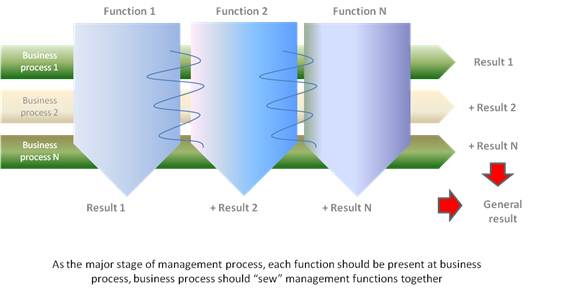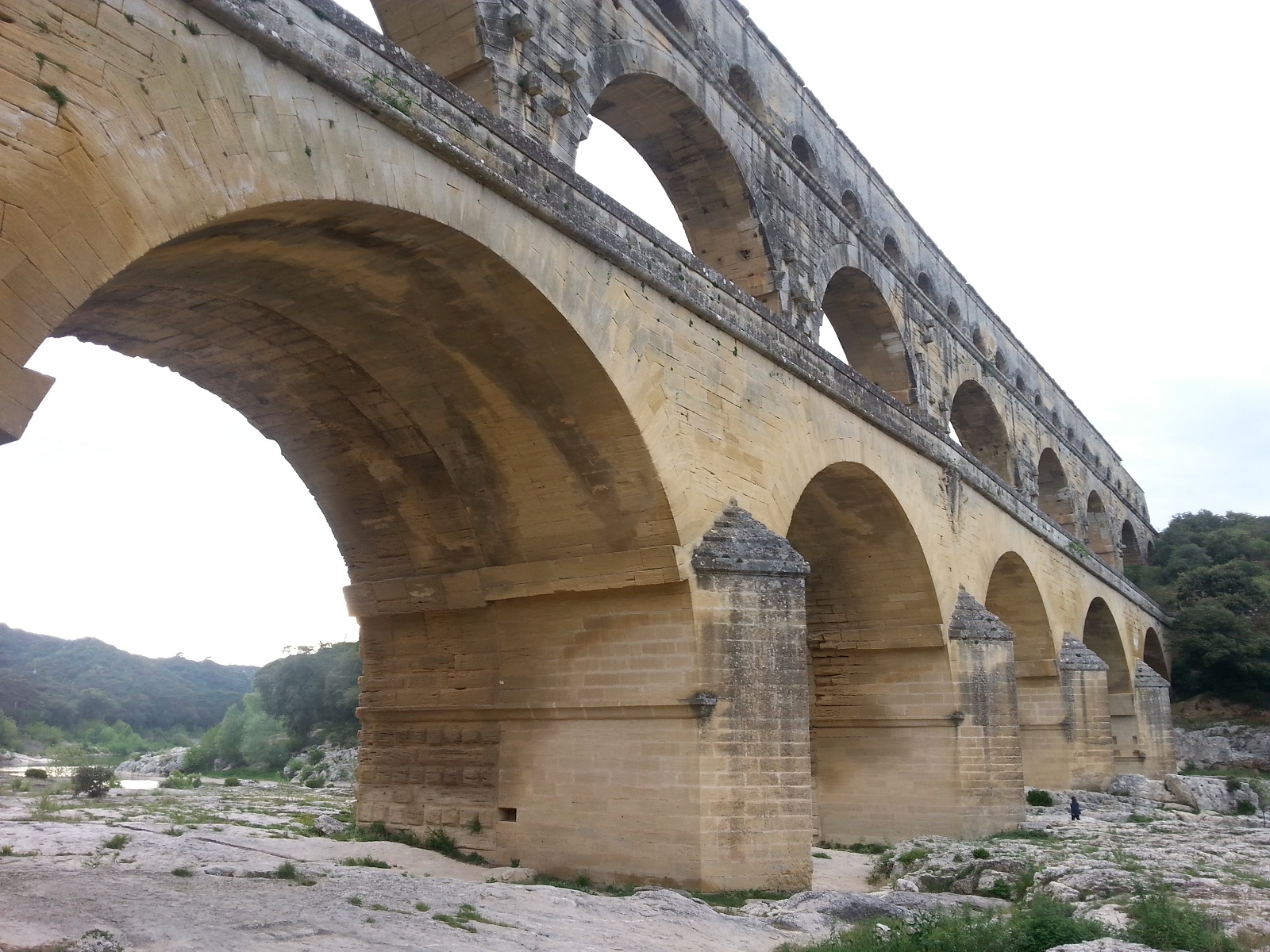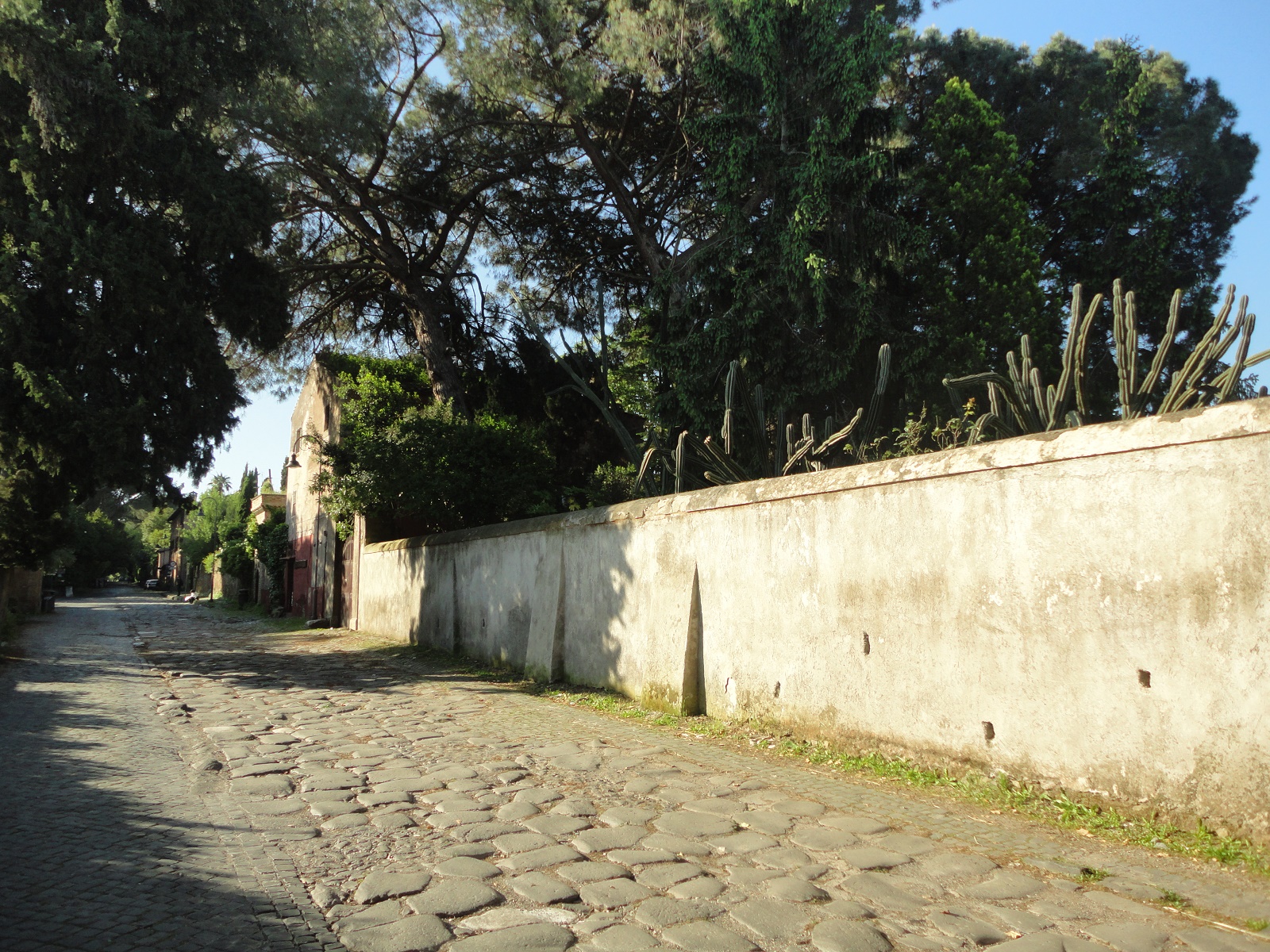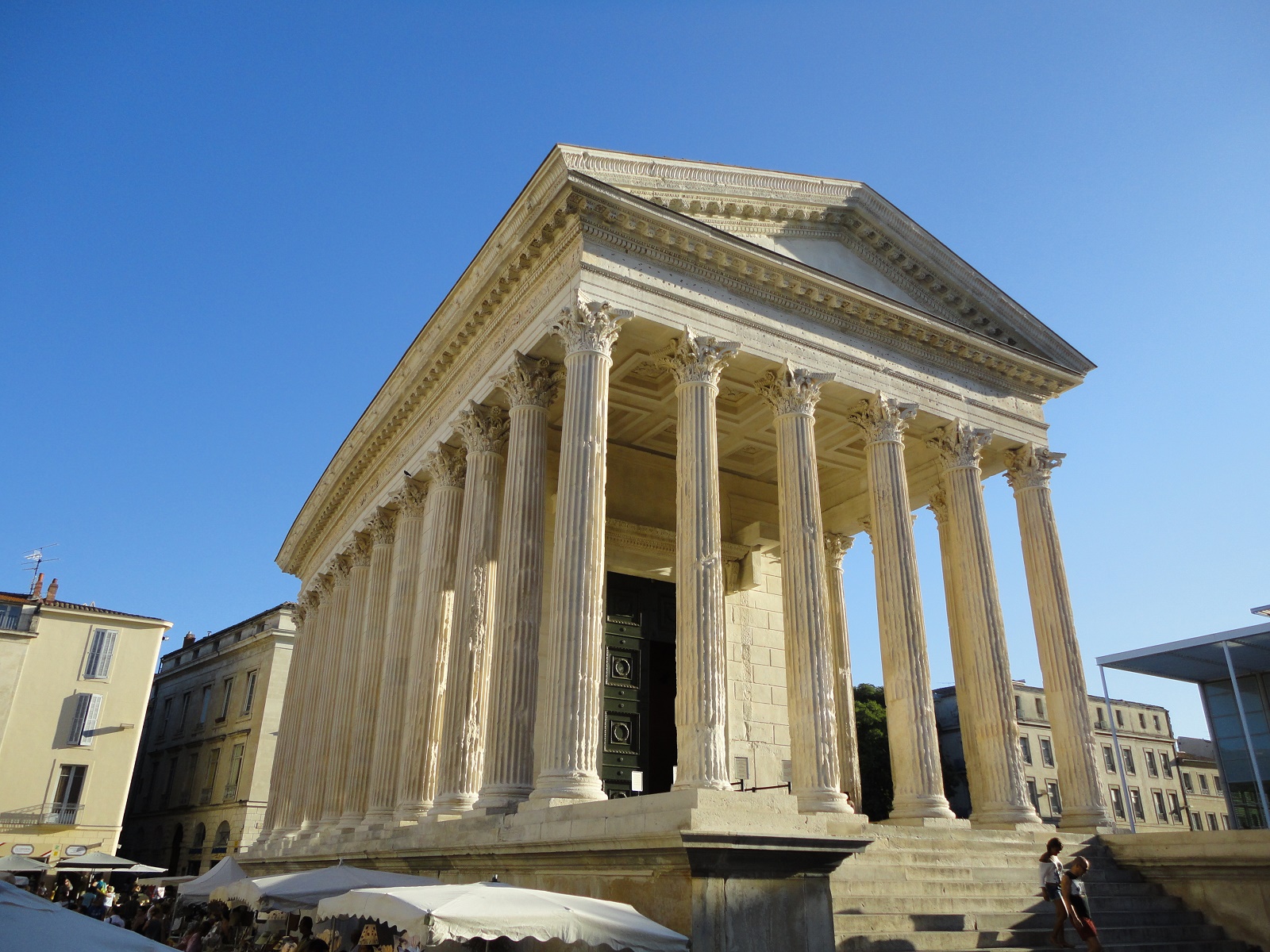Order and discipline beat talent. Always or almost always

principles applied by mediocre men are more powerful for good than the spasmodic floundering of unusually great men
Emerson Harrington. Twelve Principles of Efficiency
Low productivity and non effective working time utilization? Low level of labour discipline? Uncontrolled staff headcount growth and therefore payroll increasing? Non-adjusted crossfunctional interaction, diffused responsibility? Organizational structure changes resulting in staff headcount growth rather than its efficiency improving? You don’t need consultants. At least to solve most of the problems above.
Often and often we forget or just don’t realize that there are many things in this direction we can do ourselves without sizeable expenditures simply by putting in order. The key role here belongs to labour discipline, to common sense and experience of our colleagues, and of course to the confidence that all the work we do is really necessary (see Table 1). Thereby, often and often we pay for the absence of self-discipline and disbelief in our own powers.
Perhaps, instead of seeking help from expensive consultant, it is better to begin with putting in order everything that really works? To make the labour discipline to be over all. To assign personal responsibility for each function or process in written guidelines that describe the execution order on step-by-step basis. To make work quota setting on FTE basis, to eliminate excessive management levels and functions. To create a paperless office gently. Because it’s even difficult to imagine at what extent structure of business processes depends on restrictions of paper office.
To understand how to use the internal company information you have. After all too often they collect and consolidate it only in special cases - the cases when the consultants are invited. And twice offencively when such a consultant does useful conclusions not thanks to his exclusive knowledge of the subject, but exceptionally due to information, that your collected and systematized for him by yourself.
To reduce small-minded excessive supervision, excessive detailing during planning and reporting. To teach managers to formulate goals properly (for example using SMART principles), to implement the control of execution discipline and to link reaching the goals to the amount of compensation.
Whenever possible to use more remote working and outsourcing. To teach stafff to make maximum use of standard software features (after all what a frightful to look at those who is spending some hours doing something that possible to do for the seconds by clicking once or twice).
Following own common sense and the experience and powers of colleagues you can make functions (business processes) whenever possible to be performed uninterruptedly, simultaneously, rhythmically.
First of all that applies to profile functions (business processes), and only than- to auxiliary ones. Once the functions (business processes) anyway are being performed or can be performed when beforehand known events (conditions) had happened - make them to be performed automatically, with no “blessing” from far beyond by special order.
Think of each shift of labour object (product, document etc.) between the departments as of crossing the border by the goods- i.e. as of something that automatically increases its price and delivering time. Reduce to minimum such a shifts, make the process to be direct-flow (see Working flow organization principles).
It makes no difference of what optimization approach is to be used – either functional or process (see Fig. 1). Having clear goal of function performing or good-modeled cross-functional interaction the final result will be the similar regardless of WHAT you will use as the optimization basis: lists of management functions contained in cancelled GOST 24525.0-80 Russian national standard (ГОСТ 24525.0-80), something similar to management functions classificatory [3], business processes map based on etom (enhanced Telecom Operations Map), APQC PCF (American Productivity & Quality Center Process Classification Framework),CMMI (Capability Maturity Model Integration) or something else. Extremely important just to cover ALL management actions regarding to ALL management objects.

Finally, could and should to enforce regulation (reglamentation) – to create and assign normatively the order of step-by-step processing for all or at least for profile directions of activity. «Clever» regulation extremely decreases the necessity of performer’s current actions supervising (so, makes some managerial positions and functions to be excessive), because even without direct manager gives clear instructions to act in standard circumstances. Intrusion of manager is needed only in non-standard cases. For each step such a regulation should give an answer about who, what and how should do to have the process to be performed according to the specified constraints with intensity slightly above the average .
The regulations’ clarity should be enough for the function (business process) to be mediocrely performed by the beginner with minimal expertise level. During regulation they enforce functions (business processes) concurrent correction using common sense – to provide them to fit the Working flow organization principles.
It’s very important to link the adherence to regulations to the amount of compensation.
Again it’s not very difficult if your KPIs system contains indicators of performing discipline keeping (e.g. reaching quality index, meeting deadlines etc.). In a word, do namely those that strove the ideologists of lean production - and in many respects you’ll get rid of «seven wastes» that the meticulous Japanese called «Muda» – a word good sticking to Russian memory. It means expenses and any kind of activities that absorb resources but don’t create any value for the customer. An easy way to remember the full list of «seven wastes» is one of the numerous mnemonics (WIMPDOT):
- W: Waiting
- I: Unnecessary Inventory
- M: Movement
- P: Inappropriate Processing
- D: Defects
- O: Over Production
- T: Transportation
And if you don’t like such an approach you may use Emerson’s Twelve Principles of Efficiency (that’s who had sung the true hymn to ORGANISATION as a management function).
All the measures above are not useless pseudo-scientific chatter. They were implemented in various combinations in different time and in absolutely different companies. But when you get down to it – it’s just discipline and putting the things in order. So why shouldn’t you do it yourselves? As a whole such measures’ effect is comparable to business process reengineering project. And after that, in the nearest future, you likely wouldn’t need all these high-priced innovations, painful business process reengineering, hiring stellar consultants or managers or Quality (or something else) management systems as they represented now in the market for the purpose of making money.
To confirm my thoughts above with interesting facts I beg to make a little historical excursus to the history of ancient Rome (what should I do without it for I so like it? See (see Order and discipline beat talent: ancient Rome). Exactly Romans’ example demonstrates most brightly that discipline beats talent. Always or almost always. I’m absolutely sure of it.
Table 1
| Improvement directions | Activities |
| Organizational structure, headcount, requirement structure |
1. Writing and implementation of regulations to provide the accordance of organizational structure and staff headcount with principles of succession and effectiveness, e.i: -common integrated principles of Organizational structure design and change; - standard models of Organizational structure – using branched structure (it’s possible to take into account the regional features by using of cluster approach of regional branches organizational structure design and change); - headcount calculation technique – to provide calculating minimal headcount necessary to have the process to be performed according to the specified constraints with intensity slightly above the average (including FTE headcount and/or span of control (minimal number of subordinated to the manager) or nesting (maximal number of managerial levels), norms (i.e. headcount) etc.) 2. Writing and implementation of regulations to provide the fair personnel qualification degree, viz: - minimal qualification and skills requirements (can be set in job profiles or job descriptions); -obligatory educational programs (with examinations), providing skills and knowledge level or personal efficiency level (e.g skills of goal setting, time management, methods of decision making etc.) |
| Functions (business processes) |
1. Eliminating of excess functions (and organizational units that perform them) 2. Regulation (reglamentation) of activities (at first common management issues, then- main profile, auxiliary and collateral business processes). 3. Correcting processes that already designed and working quite good. The main directions of activities may be unification and standardization of function (business- processes) performing, automation, wide usage of IT-technologies и etc. 4. Improving the system of goal setting and efficiency (performance) evaluation 5. Control of performing discipline (viz simple plan-versus-actual control and/or predicting control that provides situation forecasting and correcting (if it’s necessary); and obligatory linkage of reaching the goals to the amount of compensation). |
Order and discipline beat talent: ancient Rome
The Civilization Of Ancient Rome hasn’t given us cultural world masterpieces comparable to Greek ones, but it has become one of the greatest owing to capability to learn from others, to understand what is really important in that moment, to set and methodically rich exceptionally practical goals, have a maximum from those that close at hand. It was one of the few civilizations that esteemed discipline as a divinity.
At first in architecture and construction Romans actively and inventively used Greek and Etruscan patterns, but then outachieved them. That were not Romans who had invented vault and arch that, giving sufficient economy of the building material, time and human efforts during construction. Romans had not invented the most building machines and equipment. But exactly Romans started to use those achievements overall. They perfected and successfully used the concrete that increased the strength of Rome in the provinces much more than fire and sword did so. That’s because concrete gave the opportunity to built big and sturdy constructions, and afterwards around many of them towns had arised. In Rome concrete was widely used during construction of communal buildings and dwellings (insulaes), that in combination with aqueduct contributed to rapid growth and strengthening of the city itself. And in the first century BC the headcount of Rome was above 1 million people. Of course, the architecture of Rome borrowed much from Greek one, but there was sufficient difference between them. Greek cities were devoted to gods, where holy places worthy of immortals were raised for them. But Rome was never forgetful of neither convenience nor pleasure of its people. Pont du Gard probably built by Roman artificer officers shows us the true beauty of those architecture that had no other aim but functionality. [4]

Pont du Gard (namely «Bridge over the Garenne») — the highest extant ancient Roman bridge and aqueduct. It was part of 50 km. aqueduct that provided city Nimes with drinking water. Length 275 meters, high 47 meters.
Aqueduct that provided each Rome habitant with about 1000 liters of water per day (contemporary Rome has this rate of three times lower) yielded to nothing for building united and very peculiar Roman community as soon as made possible the concurrent living, concurrent vital activity and communication of huge number of people.
Inside the city water was conducted with a help of above-ground aquaducts or (that happened more often) pipe-ducts. Underground pipe were produced of wood, clay or lead[5]. In connection with the same water we can find one of the world’s first references about illegal pipeline tie-ins. Consul Sextus Julius Frontinus (30–100 AC) mentioned about «water plunderers», so-called «borers» that on the sly, at night, sapped the pipes or channels and attached them to make water withdrawals (‘those who with fear drew water unlawfully’) [6] To counteract such «borers» and to maintain working order of water supply system they created special «water commands». Water was one of the most tradable and inexpensive goods. Low price and huge volumes of consumable water provided the sufficient arrivals to the state’s treasury. The same Frontinus that held the office of Waters’ curator, organized full inventory taking of capital’s water economy and summarized the data collected in the tract of “The water supply of the city of Rome”, developed the whole strategy, due to which he intended to improve sufficiently the health of this eternal city, and ‘not even the waste water is lost; the cleanliness of the city, too, is greatly improved; the air is purer; and the causes of the pestilence, which gave the air of the city so bad a name with the ancients, are now removed’. Frontinus considered that «aquaducts – main evidence of the Roman empire’s greatness». Their quality was so that some of them were used up to ХХ century.

Appian Way (Via Appia), the first and the most famous Roman military road. Built from Rome to Capua by Appius Claudius Caecus в 312 BC. Later was extended to Brindisi.
They «just» created ramified road system of total length at least two terrestrial equators. At first these roads were presumed to be military ones and were meant to facilitate the rapid troops transfer and connect the capital with newly acquired territories (“All the roads lead to Rome”). But afterwards those roads gave the great opportunities for the development of civil economy and society at all. Merchant caravan began to move through them. They could do 150 and more kilometers a day along such a road (emperor Augustus could do up to 185 kilometers in daylight hours, and TIberius got over the distance of in 350 kilometers per day). The quality of such roads often was so that, most of them were being exploited in the XIX century, and several ones remained to our time. As for example the famous Appian Way that was built 2300 years ago, operates until now. During the war of 1948 year Israelis, using the map of the Roman empire’s roads made up in XVI century by the German cartographer and historiograph Konrad Peutinger, steered a column of armored vehicles along half-covered with sand romanian road and took the city of Eilat.
By the 1st Punic war (264-241 гг. B.C.) Romans that haven’t had not only sailing ships but also longships (ships longer than usual ones) at all, at earliest possible date contrived to handle the construction of the threatening quinquireme (alias – penterema) to Carthaginian pattern. They just dismantled and copied one of the captured Carthaginian quinquireme and after that quickly put their construction on stream[7]. Though their quality wasn’t high (according to some evidence the ships began to crack already in a few months after construction), their were that whose availability determined the outcome of the battle of the Egadi Islands. This very battle in turn put an end to the 1st Punic war.
Nimes. Maison Carrée. Built in the end I c. BC in the honour of Emperor the Augustus’ grandsons fallen on the battle field when were just a shavers. This temple is one of the world's most preserved ancient buildings.
Romans built the famous drainage – Cloaca Maxima (cloaca maxima). What are the prosaical details of everyday life! But this made it possible to drain a big bog between the hills of Capitol and Palatine, where thereafter Forum appeared. In turn it has become the meeting place for habitants of nearby villages, and something that consolidated them into united community. For the Roman the city exists only where men gather for discussing their affairs, finding justice and praying to gods. Exactly Forum always was the place of political activities and religious life, the place where court was held, so Rome kept for itself such a quality until the very end of Empire. The very City appears where the valley of Forum was made as centre of social life. This place has appeared to fit ideally for the location place of the market, for stopping on the way along the valley of Tiber river and allowed the Merchant caravans that conveyed the salt from Ostia to conquer Central Italy and plains of Etruria.[8] And even more, this land-improvement deed has helped to solve even purely medical problem – with a disappearance of the bog it have become possible to get rid of the diseases carried by bog insects. The urgency of that problem is confirmed by the fact that the habitants of famous Ephesus had to carry their city up from the boggy area to the mountain (that way they had contend against epidemic malaria).
Perhaps Romans understood the importance of public sanitation much earlier than others. Certainly they were far from reasoning that environment influented a health of a man, his capacity for work, life expectancy. Most likely the necessity to prevent diseases originating and create conditions that ensure preserving the health, was dictated by the life itself. And if the Greeks mostly developed the elements of personal hygiene, Romans have become famous for public area. Ancient Romans among the other were famous for water supply system, public baths, centralized sewage, hygiene has flourish truly, when for the first time has become the state affair. The famous Laws of the twelve tables (V century B.C.) contained sanitary ordinances among the others. Including cemeteries improvement, prohibition of burial within the city, order to use as drinking water a water from mountain springs but not from Tiber to which all the Rome’s blackwater fall. Enforcement of that regulations was the responsibility of the special officials – aediles or tutor – curators.[9]
And again Rome was that laboratory that reprocessed all the scattered customs and pour them together into the common, single whole, staggering in its orderliness. That was the law world-wide and universal. The law that could satisfy Roman and Greek, Egyptian and Gaul equally. Universalism and individualism are the basic principles of the that whole.[10]
Practicalness of the Romans affected peculiarities of forming their language (at first written that differed from everyday one substantially). The main was necessity of clearness and exactness of expressing a thought that leaved not any possibilities for contending. That necessity arised from the development of Roman Law. The most ancient roman texts preserved are the legal formulas that has the language requiring absolute precision and presupposed brief clear phrases. This way the rigid pattern of the first literary works reminded of ascetic pieces of Greek monumental art. This pattern contributed to creation of imperiousness image: from the times of Cato (Marcus Porcius Cato, 2nd century B.C.) Latin becomes the language worthy of conquers of world. It didn’t permit to translate dialectical cobweb of Greek philosophers to the letter.
And communication of abstract concepts was almost undecidable problem for Latin. Even the rich suffix system was used very moderately and applied for description of concrete nouns. That’s why language of culture was Greek, not the Latin. Roman writers could not merely speak Greek but also wrote philosophical tracts Greek. They communicated with Greek intellectuals in person preferring to speak Latin with them knowing all the treacherous peculiarities of their own language.
Nevertheless some generations of Roman writers and orators (and primary Cicero) could create the Latin prose worthy to compete against the prose of Greek philosophers and historians having leant on language of jurisprudence, policy and power. And the language becomes generator of original mode of thought [11]
Exactly Cicero, whose main occupation after having left civic affairs were writing and translating philosophical tracts, searched appropriate Latin expression for all nouns of physics and dialectics. They say he was first to put into Roman’s use or strengthen such concepts as «notion», «acceptance», «refraining from judgment», «conception», «elementary», «indivisible», «void» and many others, and with the help of metaphors and some other techniques, made them clear, accessible and widespread.[12]
The secret of Roman weapons’ victories was combining high skill of each soldier with с irreproachable ability to fight as a part of big or small elements. Roman army wasn’t neither monolith like Hellenistic phalanx nor German or Celtic squads that were nimble like quicksilver and rich in strong individual fighters, but unable to fight in regular battles. Romans like no one of their enemies could regroup neatly and swiftly during the battle:
to scatter into minor elements, or on contrary to gather together, to hunker down or launch an offensive, coherently carrying out commanders’ orders at any tactical level — from squad to cohort or legion as a whole.
Each soldier in a battle had his own place, was relied on his companions in arms and commanders. Amazing camaraderie and disciplined behaviour of Roman legionaries were on the one hand a result of recruitment of physically and intellectually developed
young men. But from the other hand it was reaping the harvest of military training, the keystone of which was the discipline glorified by Vegetius (Publius Flavius Vegetius Renatus, Epitoma rei mil. I) and Frontinus (Strategemata. IV). However, discipline for the Romans was more than just skill of unquestioning conformity and exactness in
carrying out the orders. The concept of discipline contained either weapon skills practiced for second-nature and high tactical literacy of each legionary and just as the level of coordination of Roman military units and branches of the army that surprised enemies. And not by chance Discipline (Disciplina or Discipulina) was one of the divinities most honored in the army. Good army had to be extremely loaded with trainings and work, in the opinion of the Romans of the Empire’s age. And construction was the main work for the Roman legionaries apart from guard duty and fighting campaigns. Roman army took an active part in civil construction. In provincial cities solders built amphitheaters, triumphal archs and columns, temples and city walls incarnating emperors’ goodwill, participated in recovery works after outlandish invasions and natural disasters. Legionaries dug channels, worked in quarries and mines.
The importance of the construction works for legionaries’ life is underscored by bricklayer’s tools having depicted on the soldiers’ gravestones: a picker (dolabra), a trowel (ascia), a chisel (scalprum), a ruler (regula), a bevel square (norma), compasses (circinus).[13]
It’s enough, I think. Until I haven’t really bored you. And please remember of MUDA
Literature
Густов Дмитрий Юрьевич. Жилище в Древнем Риме
Коротченко Н., Черноусов П. Был ли свинцовый водопровод причиной крушения Римской империи?
Кочетов В.А. Римский бетон: Из истории строительства и строительной техники Древнего мира
Emerson Harrington. Twelve Principles of Efficiency
Sextus Julius Frontinus. The water supply of the city of Rome.
Sites
archive.org/details/twelveprinciples00emerrich
historyworld.net
ab2b.ru
designw.ru
dic.academic.ru
pharmnews.kz
qm-s.com
romaeterna.net
wikipedia.org
zhurnal.lib.ru
________________________________________
[1] Bill Gates. Business @ The Speed Of Thought
[2] Плутарх. Об Исиде и Осирисе
[3] Методические рекомендации по построению аппарата управления предприятия и объединения. – Министерство химического и нефтяного машиностроения.-М., 1976
[4] Грималь П. Цивилизация Древнего Рима.
[5] By the way, this «trifle» – one of the main causes of the most chronic and oncologic diseases that were widespread among the Roman aristocracy especially. Lead gets to the organism with a water, lingers inside and causes gradual poisoning. Pipe-duct made of lead pipes was harmful for Rome habitants all the more that water that fed the city was rich in carbon dioxide, which formed carbonic lead as a result of contact with pipes. In its turn carbonic lead replaces calcium in the human body actively that leads to chronic diseases. Taking into consideration that crockery and even make-up were made on the basis of lead, it would be clear why the longevity of Roman aristocracy (especially women) exceeded 30 years rarely. Furthermore vessels of lead were widely used for vines storage because lead give the wine a sweet flavor and furthers conservation.
[6] Миклашевский Н.В., Королькова С.В. Чистая вода
[7] Полибий. Всеобщая история. Книга I
[8] Грималь П. Цивилизация Древнего Рима.
[9] Беляков А. Гигиена и утопия
[10] Покровский И.А. История римского права
[11] Грималь П. Цивилизация Древнего Рима.
[12] Плутарх. Сравнительные жизнеописания. Демосфен и Цицерон.
[13] Колобов А.В. «Римские легионы вне полей сражений» (эпоха Ранней империи)

